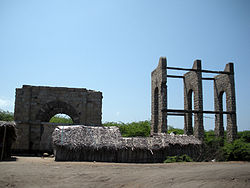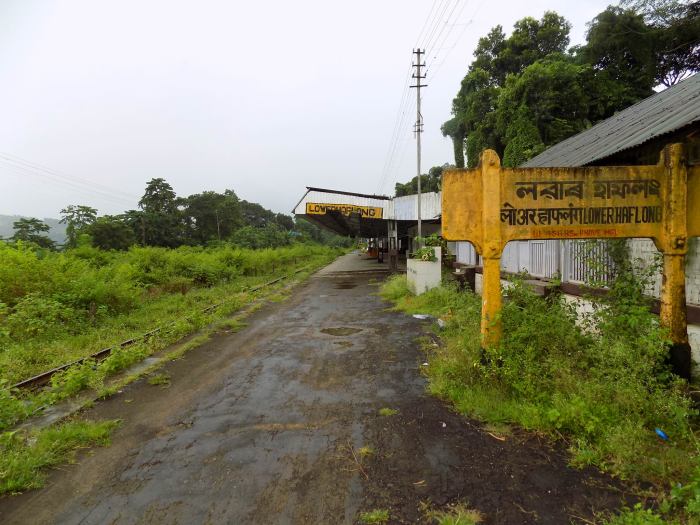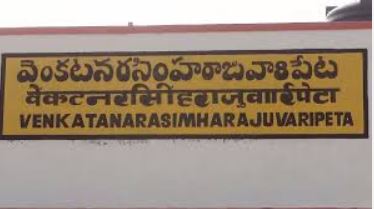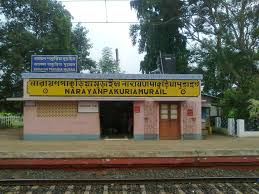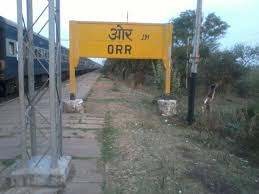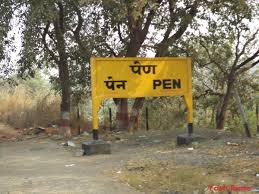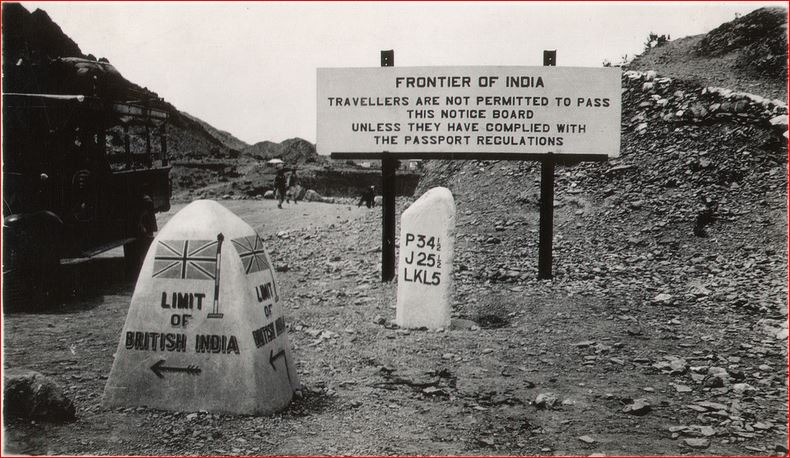I happened to run into a British expert in railway history who had material from all over the world. One of the things he had was an Assam Bengal Railway timetable of 1929. He was kind enough to send me scans of a few pages from it. These are mainly from Sylhet and Cachar districts of the past.

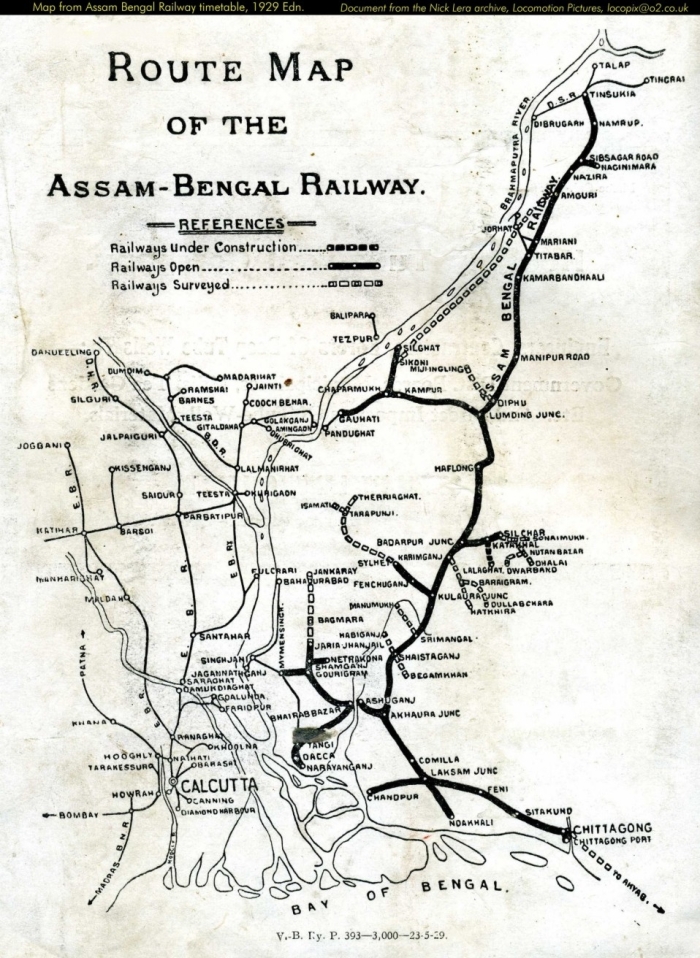


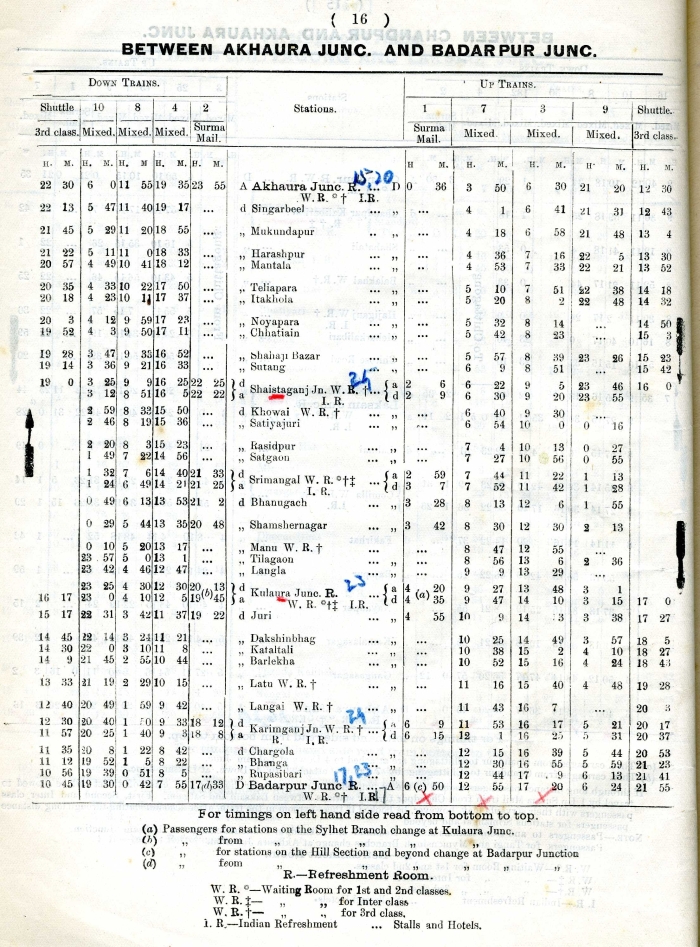

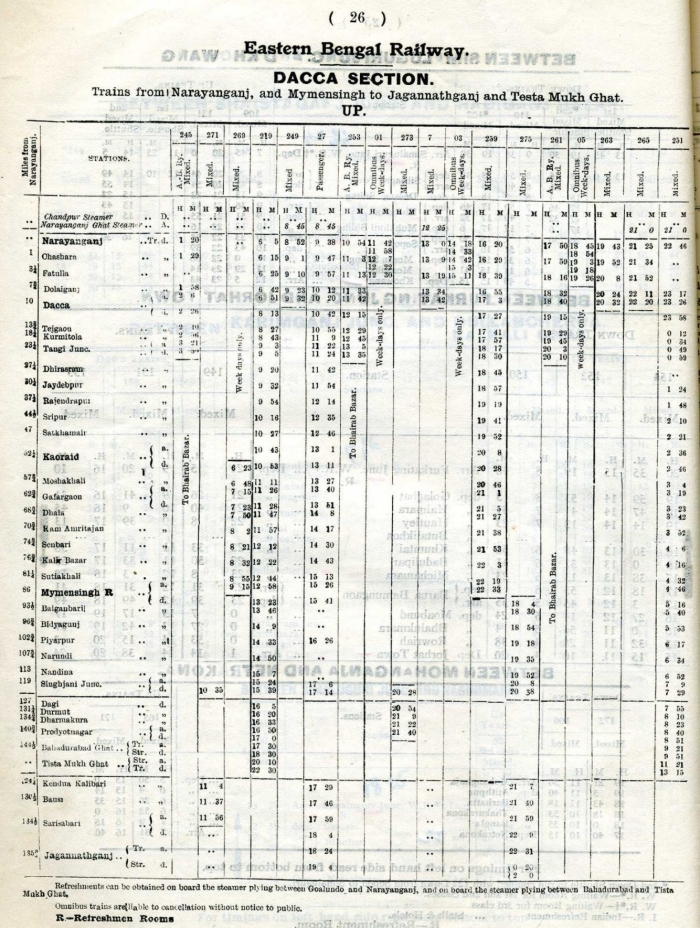
Those familiar with the NFR would recognize the cover picture of a point on the Lumding-Badarpur section.
The Assam Bengal Railway ceased to exist in 1942 when it was combined with the Eastern Bengal Railway to form the Bengal & Assam Railway, which effectively covered all railways to the east of the Hooghly. This was primarily to facilitate efficient running of the war against Japan, and the US armed forces took control of the main routes into and in Assam.
This new creation lasted only a few years. Partition caused the B & A R to be broken into three parts. The BG lines left in West Bengal essentially became the Sealdah division of the EIR, which was then broken up into the ER and NR. What was left (both BG and MG besides a bit of NG) in East Pakistan was initially called the Eastern Bengal Railway until 1961, then the Pakistan Eastern Railway and finally Bangladesh Railways.
The MG lines in northern West Bengal, a bit of Bihar and everything to the east were combined with a few smaller systems (such as the NG Darjeeling Himalayan Railway and the company-owned lines around Tinsukia) became first the Assam Railway, then part of the North Eastern Railway and finally the Northeast Frontier Railway in 1958.
Some points of interest:
No express or mail trains served Chittagong and Sylhet. They were not directly connected to Dacca and other parts of present-day Bangladesh as there was no bridge over the Meghna at Ashuganj/Bhairab Bazar (though there was a ferry). The bridge was opened only in 1937. It was named the King George VI bridge. Had it opened a year earlier, it may have been one of the few things to be named after King Edward VIII.
There was, however, the Surma Mail which you can see running from Chandpur to Silchar via Laksam, Akhaura and Karimganj. Possibly it had slip coaches for Chittagong and Sylhet, though these would be mentioned elsewhere in the timetable. It would have started from Sealdah and passengers would have to travel in the ferry from Goalundo Ghat to Chandpur. Other ferries linked Goalundo Ghat to Narayanganj (for Dacca).
Note that extracts from various old timetables can be seen here:
http://www.irfca.org/gallery/Heritage/timetables/
Most of these are small fragments, as it is a painful process to scan large numbers of pages from the fragile originals. Even so, there are complete timetables of the North Western Railway and Jodhpur Railway from the 1944 Bradshaw, which cover the entire area of Pakistan and parts of Rajasthan and UP, besides most of Haryana and Punjab.
There is a copy of the June 1944 Bradshaw which someone got hold of, which has been repeatedly copied and circulated to dozens of railfans connected with the IRFCA group. Someone seems to have got hold of the Bradshaws of the 1930s and has put up a few pages pertaining to present Tamil Nadu and Kerala.
There is also a full timetable of the BB & CIR from 1937 (roughly corresponding to the pre-2002 WR).
In case you are wondering, foreign websites (mainly abebooks.com, also ebay.com, Amazon.com and Amazon.co.uk) occasionally stock old Indian zonal timetables and Bradshaws from small independent booksellers (mainly in the UK). But any Bradshaw or all-India TT before the 1980s may cost a few hundred US dollars. Old zonal timetables are rarer but not so expensive-for instance, a few years ago one NWR timetable of 1930 was available for about 35 USD including shipping to India.







